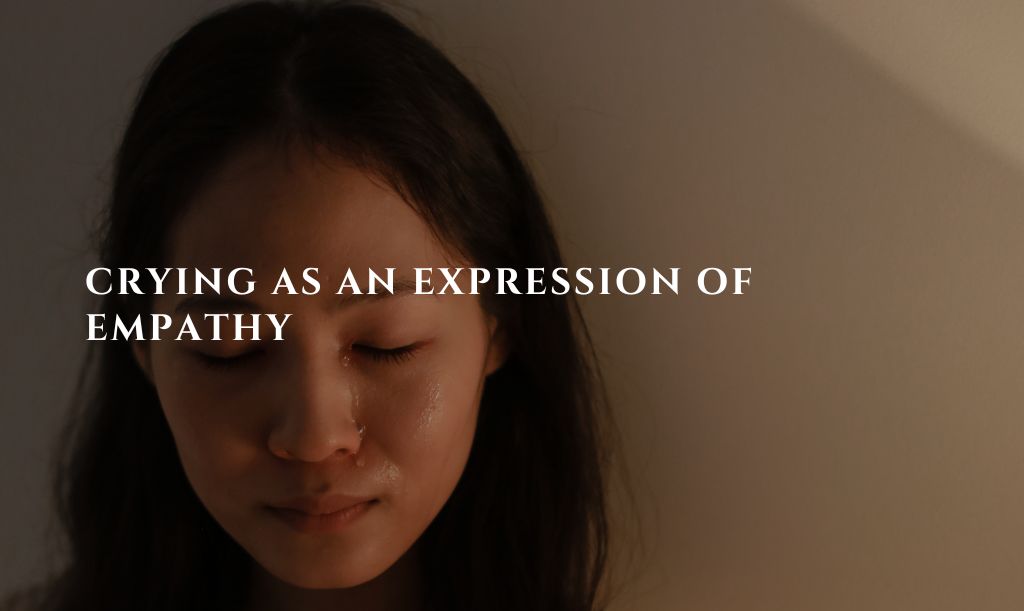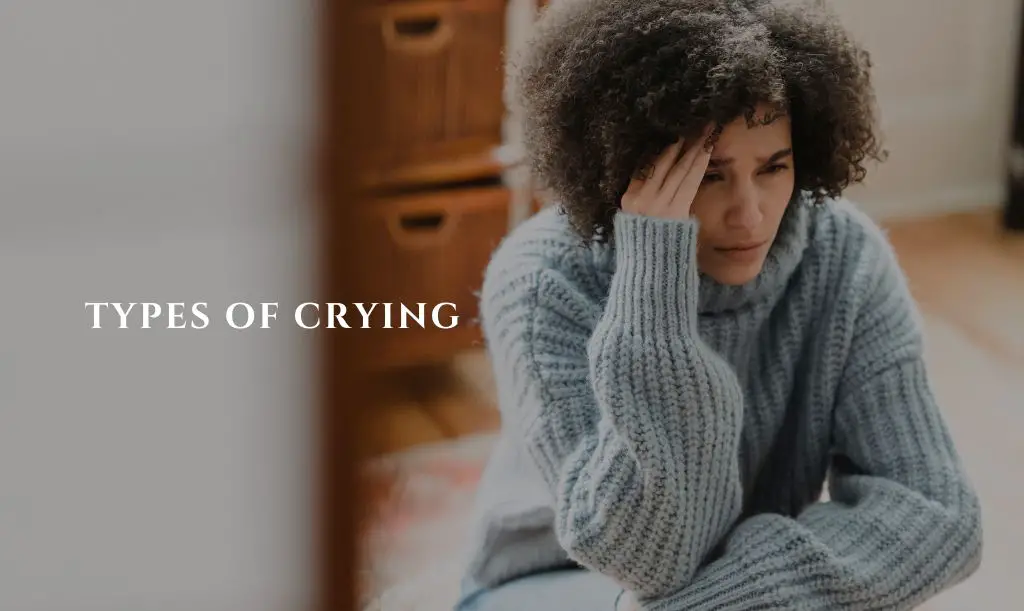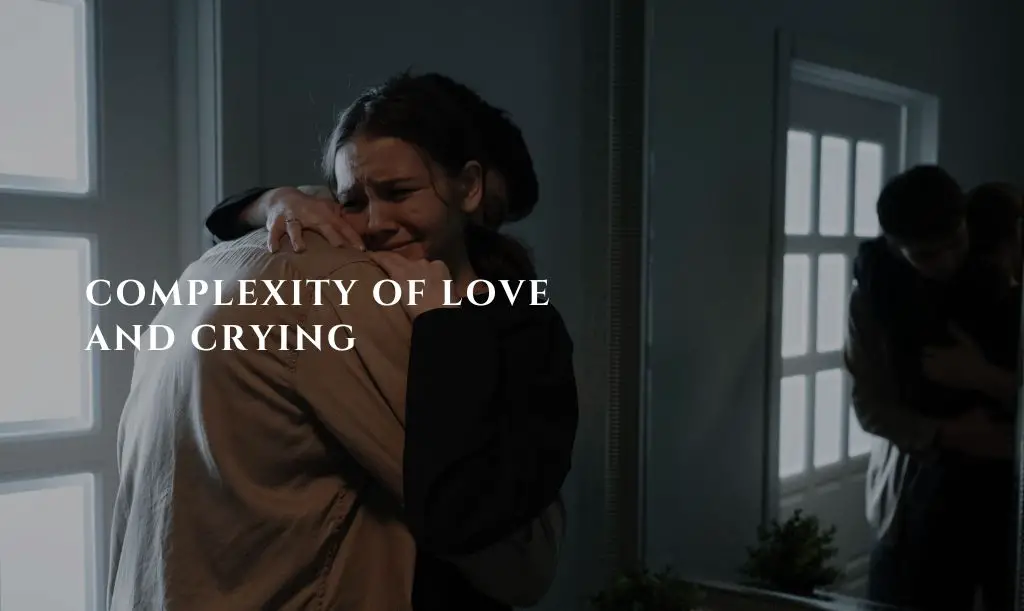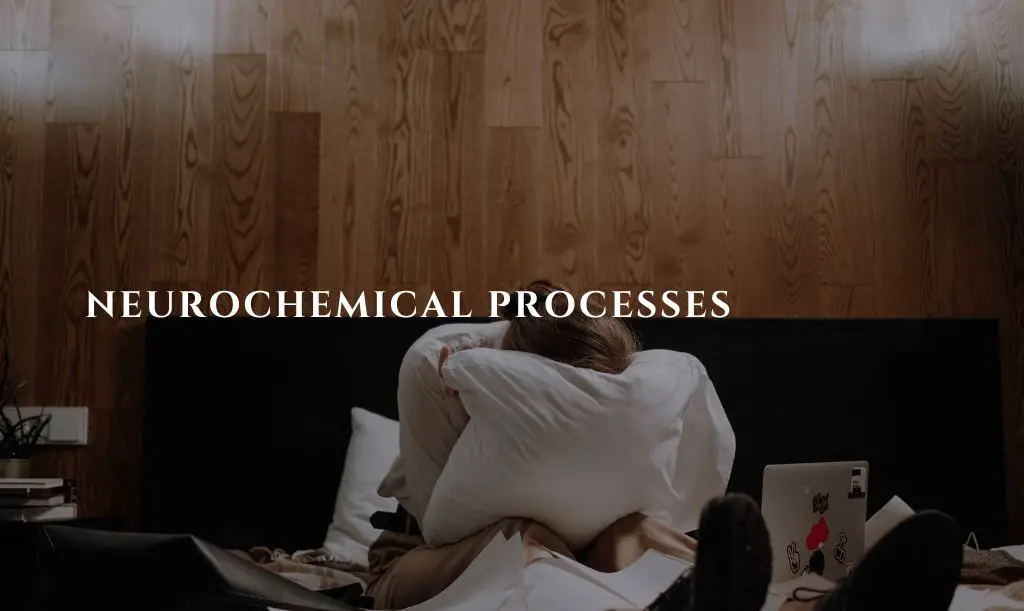If you cry for someone do you love them?
Crying ia a powerful act of emotional release that has long been considered a profound manifestation of our innermost feelings.
It is a symphony that resonates through our being, wielding immense significance in our relationships and connections with others.
In this thought-provoking exploration, we shall delve into the profound question – if you cry for someone, do you truly love them?
Crying as an Expression of Empathy

Empathy is a remarkable human ability that enables us to understand and share the feelings and experiences of others.
It is the cornerstone of genuine connection, fostering compassion and nurturing meaningful relationships.
When we cry for someone, it serves as a profound testament to our capacity for empathy.
It shows that we have the emotional intelligence to not only recognize another person’s pain but also experience it alongside them.
In a world often plagued by apathy and indifference, crying for someone demonstrates a rare level of emotional depth that sets apart those who truly value the bonds we forge with others.
How Crying For Someone Showcases Deep Emotional Connection
Crying is not merely an involuntary physical response; it is an expression of our deepest emotions.
When we shed tears for someone, it unveils the raw vulnerability within us, exposing the very essence of our love and concern.
It reveals an unspoken bond that transcends words or gestures—a language understood only by those who share this profound connection.
Crying for someone signifies a willingness to shoulder their burdens, to stand beside them in their darkest moments, and to offer solace when words fail us.
It signifies an unyielding commitment to their well-being, showcasing our unwavering support even when faced with adversity.
Through tears, we lay bare our souls, demonstrating that love goes beyond superficial affection; it delves into the realm of profound care and understanding.
Crying becomes a symbol of trust—the trust we place in those whom we love deeply enough to expose our most vulnerable selves without fear or reservation.
Different Types of Crying

Tears of joy are those magical droplets that glisten in our eyes when love overwhelms us with its sheer brilliance!
There is something profoundly beautiful about shedding tears of joy in celebration of love and happiness.
The physiological process behind this phenomenon is truly captivating.
When we experience intense positive emotions such as love, our brain releases a cocktail of chemicals including dopamine and endorphins that flood our system with euphoria.
These chemicals then trigger the activation of the lacrimal glands, which produce tears as a way for our bodies to release the overwhelming emotional energy.
It’s nature’s way of reminding us that love is not just an abstract concept; it can be felt so intensely that it moves us to joyful tears.
Examples of Occasions That Evoke Tears of Joy in Loving Relationships
Think about those heartwarming moments when your partner surprises you with a grand gesture to express their affection or when they propose marriage with trembling knees and a heartfelt speech.
These are the occasions that evoke tears of joy like no other.
Witnessing your partner go above and beyond to show their love can be an overwhelming experience, leaving you teary-eyed but brimming with happiness.
And let’s not forget those cherished moments like weddings or the birth of a child, where emotions run high as love fills every fiber of your being – these are tear-inducing instances that remind us why we cry for someone we truly adore.
Tears of Sadness: Grieving for a Loved One’s Pain or Loss
Now let’s delve into the profound depth within tears shed out of sadness – those empathetic droplets that flow when witnessing a loved one’s pain or loss.
It is during such times that our empathy pours out like rain from stormy clouds, drenching our souls with a mix of sorrow and compassion.
Understanding the empathetic response to a loved one’s suffering is crucial to comprehend the significance of tears in these moments.
When we truly love someone, their pain becomes our pain, their loss becomes our loss.
It is an intertwining of emotions that transcends mere sympathy and embraces true empathy.
How Tears Can Serve as a Comforting Gesture
Tears have an incredible power to provide solace and comfort to those who are hurting.
They serve as a non-verbal language of understanding and support, softly whispering that they are not alone in their struggles.
When we shed tears for someone we love dearly, it creates an unspoken connection between us; it reassures them that they are seen, heard, and deeply cared for.
Sometimes words fail to express the depth of our emotions when witnessing another’s pain, but tears speak volumes without uttering a single syllable.
They act as a gentle embrace for wounded hearts, offering solace in the face of adversity.
So yes, crying for someone you love is not just an act of emotional release; it encompasses the intricate tapestry of human connections – from tears of joy that celebrate love’s triumphs to tears of sorrow that bind us in shared empathy.
The Complexity of Love and Crying

Love is a multifaceted and intricate emotion that cannot be fully encapsulated by tears alone.
While crying can be a profound expression of love, it is crucial to acknowledge that love encompasses far more than just shedding tears.
Love involves the intricate dance of emotions, thoughts, and actions that bind two individuals together in a profound bond.
It encompasses moments of tenderness, compassion, understanding, and sacrifice.
Love transcends tears and manifests in countless ways: through acts of kindness, words of affirmation, quality time spent together, and unwavering support.
The Role Of Communication, Trust, And Support In Love
In any loving relationship, effective communication serves as the lifeblood that sustains it.
Open dialogue nurtures understanding and ensures that both partners remain on the same wavelength emotionally.
Trust acts as a strong foundation upon which love flourishes; it bridges gaps between hearts and allows vulnerability to thrive.
Support serves as an unwavering pillar that lifts us up when we stumble or falter on our journey together.
These elements are essential components of love that extend beyond crying—a mere glimpse into the vast tapestry woven by mutual affection.
The Limitations And Potential Misunderstandings Associated With Relying Solely On Tears
While crying can often convey deep emotions within a relationship, relying solely on tears to express or interpret love can lead to misunderstandings.
Tears are not always indicative of love; they can also stem from frustration, anger, or even sadness unrelated to one’s romantic connection.
Moreover, relying solely on tears as an expression undermines other vital aspects such as verbal affirmation or physical touch—the language through which many experience love most profoundly.
It is imperative not to discount these varied expressions but instead embrace them holistically for a richer understanding.
Psychological Insights into Crying for Someone You Love

Attachment theory reveals intriguing insights into the connection between love and crying.
It suggests that our attachment style, whether secure, anxious, or avoidant, significantly shapes our emotional responses within relationships.
Those with a secure attachment style tend to experience love and express emotions, including crying, in a healthy and balanced manner.
In contrast, individuals with an anxious or avoidant attachment style may exhibit more intense or restrained reactions to love and may struggle to communicate their emotions effectively.
Understanding Attachment Styles (Secure, Anxious, Avoidant)
Securely attached individuals feel comfortable with intimacy and seek close connections without fear of abandonment or excessive clinginess.
Anxiously attached individuals crave closeness but often fear rejection or being unloved.
They may exhibit heightened emotional responses such as more frequent tears when expressing their affection.
Avoidantly attached individuals tend to prioritize independence over intimacy; they may suppress emotions such as tears out of a desire to maintain control or self-reliance.
How Attachment Styles Influence Our Emotional Responses Including Crying
Attachment styles significantly influence how we respond emotionally within relationships, including the act of crying.
Securely attached individuals are more likely to experience balanced emotional expressions when it comes to love—shedding tears when appropriate while also utilizing other forms of communication effectively.
Those with anxious or avoidant attachments may find themselves either excessively reliant on tears as a means of expressing love or unwilling to shed any tears at all due to fears of vulnerability.
Neurochemical Processes Underlying The Connection Between Love And Crying

Oxytocin, often referred to as the “love hormone,” plays a crucial role in bonding and empathy within relationships.
It is released during moments of emotional connection, such as hugging, cuddling, or intimate conversations.
Oxytocin enhances our ability to feel and understand others’ emotions, fostering empathy and deepening the emotional bond we share.
While crying can stimulate the release of oxytocin, it is important to remember that other non-crying interactions also trigger this neurochemical process, contributing to love’s intricate tapestry.
If You Cry For Someone Do You Love Them? Conclusion
So, if you cry for someone do you love them?
While crying for someone can be a genuine expression of love and empathy, it is crucial to recognize that love encompasses a vast array of emotions and actions beyond tears alone.
Effective communication, trust, support, and various other forms of emotional expression weave together the beautiful tapestry of love.
By understanding attachment styles and exploring the neurochemical processes underlying love’s deepest connections, we gain insights into the complexity of this profound emotion.
Let us embrace all the dimensions of love with open hearts and minds while cherishing each unique way it manifests in our lives.
For in doing so, we unlock a world where tears become one thread among many within an extraordinary tapestry woven by love itself.
Related Articles:
- https://lovebridgeguides.com/will-a-shy-guy-pursue-you/
- https://lovebridgeguides.com/is-being-called-a-dork-flirting/
- Does A Prom Date Mean Anything? (Answered!) - 20 February 2024
- Boyfriend Refers To Me In Third Person (Explained!) - 20 February 2024
- Is Sending Memes Flirting? Find Out Here! - 20 February 2024

